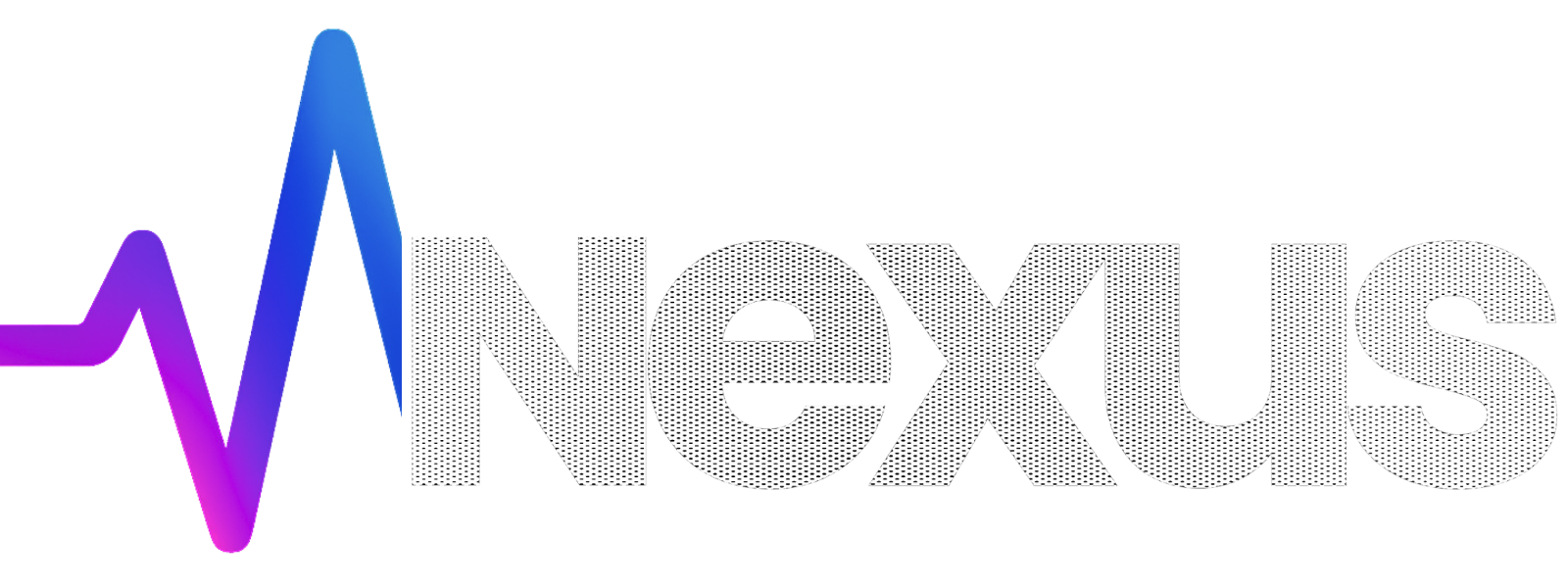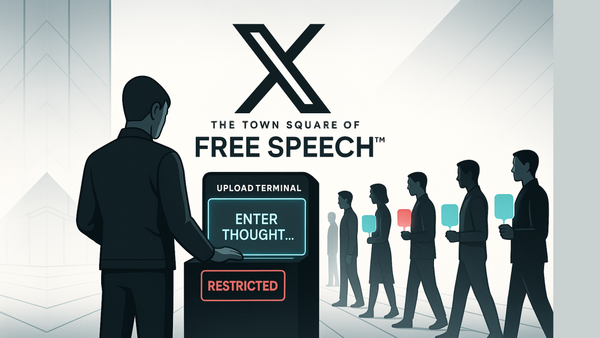Beyond Meat: The Carnivore Path to Healing Your Body and Mind
When you cut out the carbs, sugar, and yes, even the veg, your gut heals. The bloating disappears. Your brain starts firing on all cylinders again, and suddenly, it’s like you’ve been walking around in a fog for years, and now the clouds have parted.
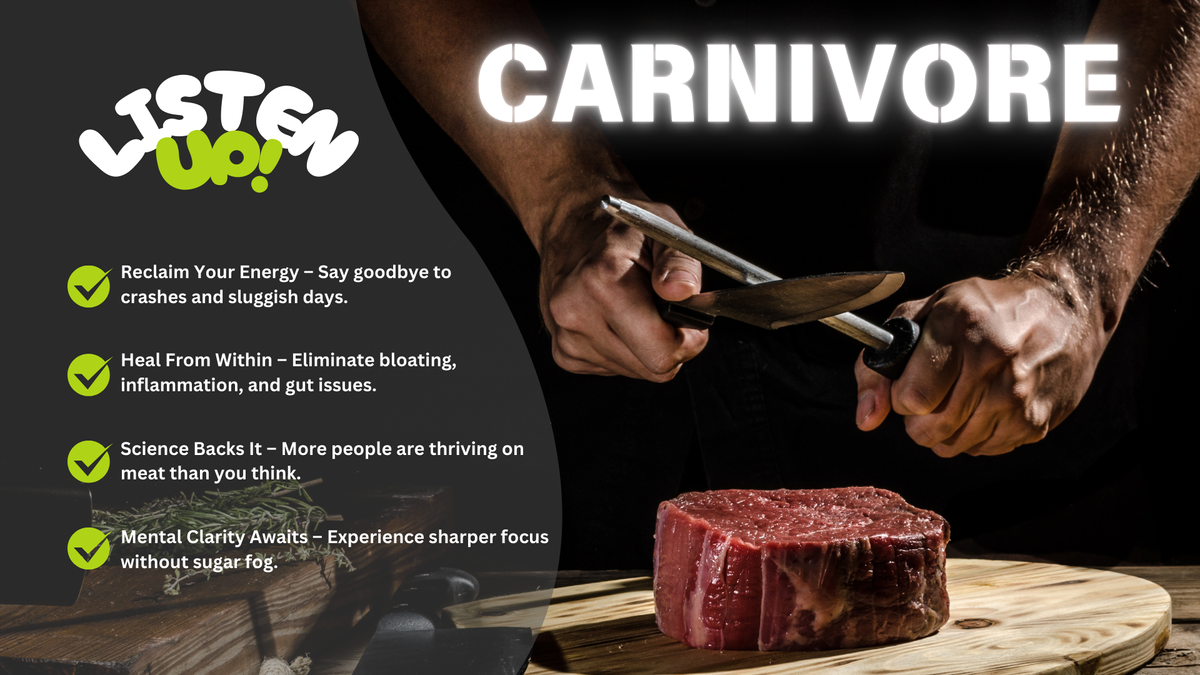
Let’s get real for a second. Over the last 100 years, our diets have been hijacked—by corporations, government policies, and a relentless stream of bad science, all thanks to a revolving door between the food industry and government regulators. Corporations lobby their way into positions of power, pushing the same ultra-processed junk that keeps them profitable and us sick. Then, as if on cue, these same players slip back into corporate boardrooms, leaving the rest of us to deal with the consequences—chronic disease, inflammation, and skyrocketing obesity rates.
What we’re told to eat isn’t just misguided—it’s downright dangerous. We’ve been sold the lie that fat makes us fat and clogs our arteries. But the truth? Fat is essential. Our bodies thrive on high-fat diets. You know what really packs on the pounds? Sugar and carbs. They’ve made us sick, sluggish, and dependent on a food system that prioritizes profit over health.
The beauty of the carnivore way of eating is that it strips all that nonsense away. It’s a return to what we were meant to eat—nutrient-dense foods like meat, organs, butter, and animal fats. You’re not what you eat; you’re what you assimilate. And guess what? Your body works a hell of a lot better when there’s only one type of fuel entering your gut at a time. And here’s the kicker: vegetables? They don’t even make the cut. I’ve seen so many people start out by keeping the veg with their meat, but guess what? Once they dropped the veg, they hit another level. I’ve yet to meet someone who said, “I need the veg.” The truth is, people feel better without it.
When you cut out the carbs, sugar, and yes, even the veg, your gut heals. The bloating disappears. Your brain starts firing on all cylinders again, and suddenly, it’s like you’ve been walking around in a fog for years, and now the clouds have parted.
I know what some of you are thinking: “But what about the cute animals?” Let’s talk about that. Kids’ cartoons have a lot to answer for, turning our food into talking, dancing animals that guilt us into thinking meat is murder. Don’t get me wrong—I’m not here to defend factory farming. It’s terrible. But that’s not what this is about. This is about reclaiming your health and healing your body with food that works with your biology.
If you’ve been considering switching to a carnivore lifestyle—or you’re just tired of feeling like garbage on the Standard Western Diet—stick with me. I’ll walk you through what to expect when you make the switch, from the weird cravings (hello, gremlins) to the ultimate payoff—clarity, energy, and a gut that finally feels right. Trust me, the journey is worth it.
Finding Your Ideal Meat:
One of the first questions people ask when they start this carnivore way of eating is: Which meat is best? And honestly, the answer is… it depends. It appears that for many, beef tends to reign supreme—it’s nutrient-dense, rich in healthy fats, and packed with protein. But don’t feel like you need to lock yourself into just one type of meat right away. For some, lamb or pork works better; for others, organ meats like liver provide that extra boost of energy. It’s all about tuning in to what your body feels best on, and that’s something you’ll figure out gradually.
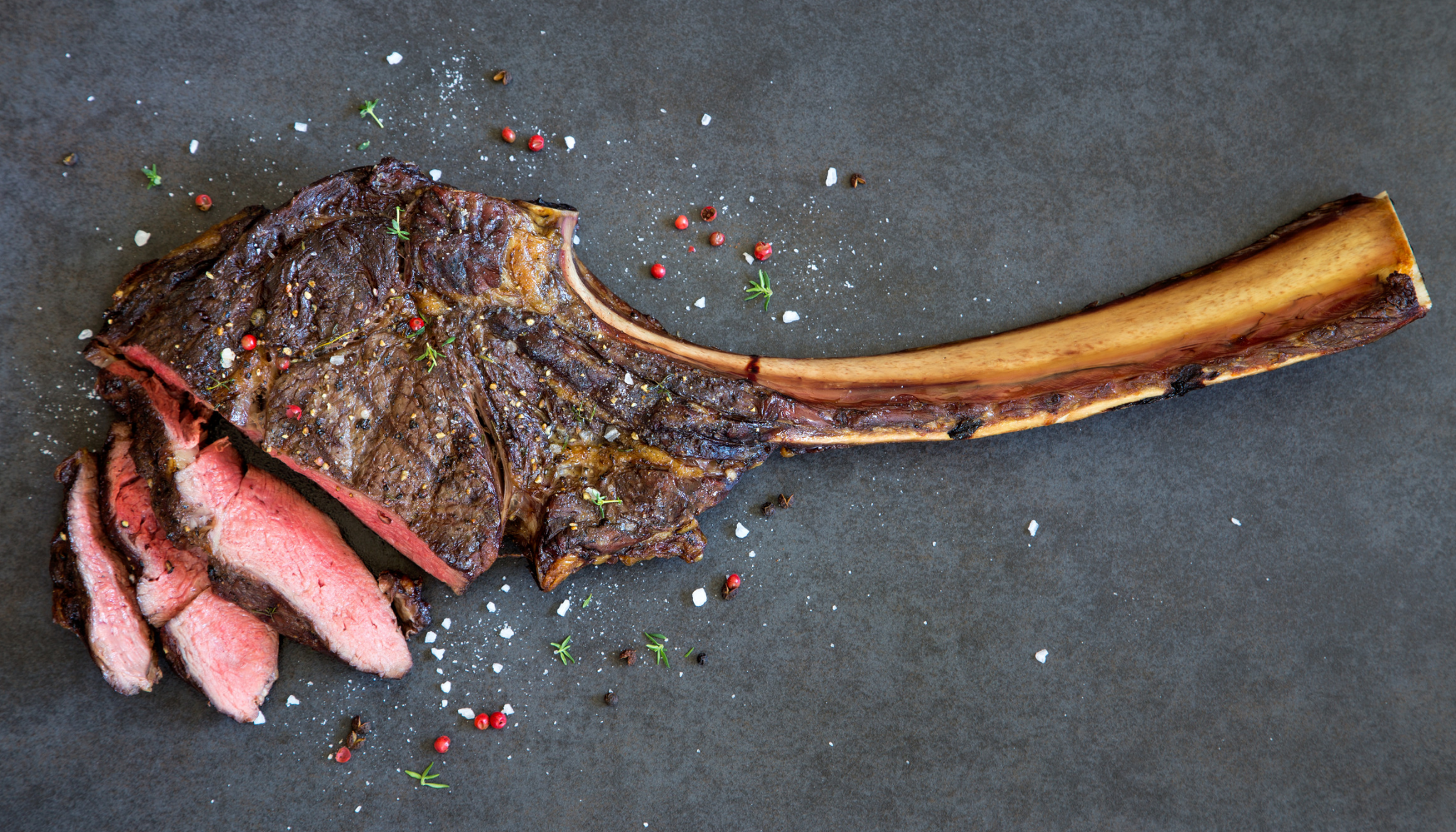
Until you hit the eight-week mark, you might still be experimenting with different types of meats, and that’s totally fine. The beauty of the carnivore way of eating is that it makes you hyper-aware of how each meal affects you. On this plan, you begin to notice every detail—how your digestion feels, your energy levels after each meal, and even how certain meats make you feel throughout the day. It’s a whole new level of body awareness that most people aren’t used to on standard diets filled with processed foods.
For me personally, I’ve found that sirloin steak is my go-to. Where I source it, the sirloin is generally soft, and I love it rare. A ribeye, on the other hand, is better cooked a bit more in my opinion, but it can be hit or miss—sometimes tender, sometimes a little chewy. If you’re cooking your own steak at home, here’s a tip: always bring the steak to room temperature before cooking. Once it’s done, let it rest on a hot plate for five minutes before eating. This helps the juices settle and gives you the best flavor and texture.
While beef might be the backbone of this way of eating for many people, don’t be afraid to experiment and find out what works best for you. Whether it’s beef, lamb, or something else, your body will guide you to the answer over time.
Stage One: The "Keto Flu" (aka, “What is happening to me?”)
So, you’ve ditched the carbs and sugar and jumped headfirst into the carnivore way of eating. For a few days, maybe even a week, it feels like you’ve made the right choice. You’re cruising along—until suddenly, your body starts to fight back. Welcome to the “keto flu,” where your body is still stuck on burning carbs for fuel, and it’s throwing a tantrum because it’s not getting any. Fatigue, brain fog, headaches—you name it. This stage usually hits within the first week or two as your body starts shifting from glucose to fat for energy. You might feel weak, but don’t panic. It’s completely normal.
What’s happening? Well, your body has been dependent on carbs for energy for years (thanks, food pyramid). When you take those carbs away, your body doesn’t know what to do with all the fat at first. It’s literally rewiring itself to use fat as fuel. This is where most people cave in, but if you push through, things get better—way better.
The Gremlins in Your Gut
And then there are the cravings. Those intense sugar cravings you can’t seem to shake? Think of them as little gremlins in your gut, sending signals to your brain to make you want carbs and sugar. They’ll tell you, “Just one bite of cake… come on!” But here’s the trick: starve them. When you stop feeding these gremlins with sugar, they get weaker. Eventually, they die off.
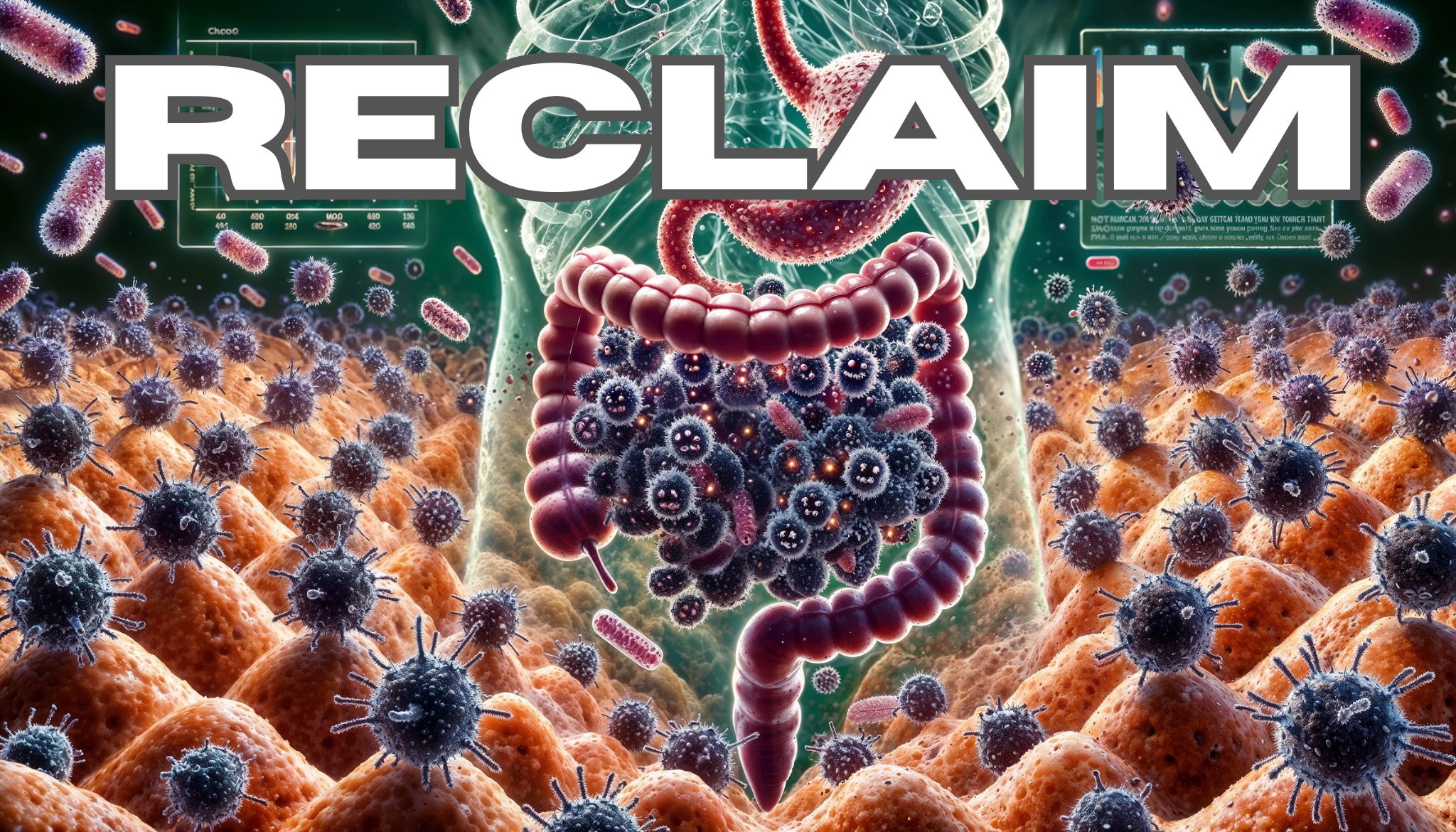
This isn’t just a fun metaphor—there’s actual science behind this. Your gut and brain are in constant communication through what’s called the gut-brain axis. When you’re addicted to sugar and carbs, your gut bacteria are basically screaming at your brain to get more. By going carnivore, you’re rebalancing that gut-brain relationship, and trust me, your brain starts working a lot better when it’s running on fat instead of glucose. It’s like someone flipped a switch and suddenly, you can think clearly again.
Bananas and Dates: Training Wheels for the Transition
During these early weeks, your body is still figuring things out. It hasn’t fully adapted to burning fat yet, so it’s okay to give yourself a little boost to get through. In my own journey, I found that having a slightly green banana here and there helped when I felt those energy slumps. They aren’t too sugary, but they provide just enough fuel to get you over that hump without derailing your progress.
Dates with butter also worked wonders for me—just one or two. They provided a natural, quick boost of energy when I really needed it. But here’s the thing: you won’t need them for long. Once you hit the two-week mark, those cravings will start to fade. Your body will adapt, and suddenly, you won’t even think about reaching for those "training wheels" anymore.
The 3-4 Week Wall: Don’t Let It Surprise You
So, you’ve made it through the keto flu. You’re feeling good, your energy’s back, and you think you’re in the clear. But don’t get too comfortable just yet—there’s another hurdle waiting around the 3-4 week mark. This surprised me when I hit it. Suddenly, I was more fatigued again, my energy dipped, and I felt those old aches creeping back. It was like hitting a second wall after the initial keto flu. But don’t worry—this is part of the process. Your body is still adjusting to burning fat as its main energy source, and this phase can come with a few bumps.
Be strong, push through, and know that this is temporary. Once you’re on the other side of this, the benefits will start rolling in.
How the Carnivore Way of Eating Will Change Your Life
What you don’t realize at first is just how much this way of eating will change your life—not just physically, but emotionally. You might think that your carb and sugar cravings were purely about hunger, but let me tell you, much of that was emotional eating. Sweets, biscuits, that sneaky mid-afternoon snack… those were often tied to your emotions, not your hunger.
As you remove these from your diet, old feelings will start to arise. It might be uncomfortable, but this is where it gets really interesting. You’ll learn so much about yourself, and it’s a chance to grow beyond the physical benefits. When you’re no longer using food to numb emotions or fill a void, those emotions come to the surface. It’s not always easy, but it’s necessary for true healing.
If you want to dig deeper into this side of the journey, check out my article "Unseen Layers: Discover How Hidden Emotions Shape Your Life." I go into the emotional layers we often don’t realize we’re carrying—and how letting them rise can transform your relationship with yourself and your food.
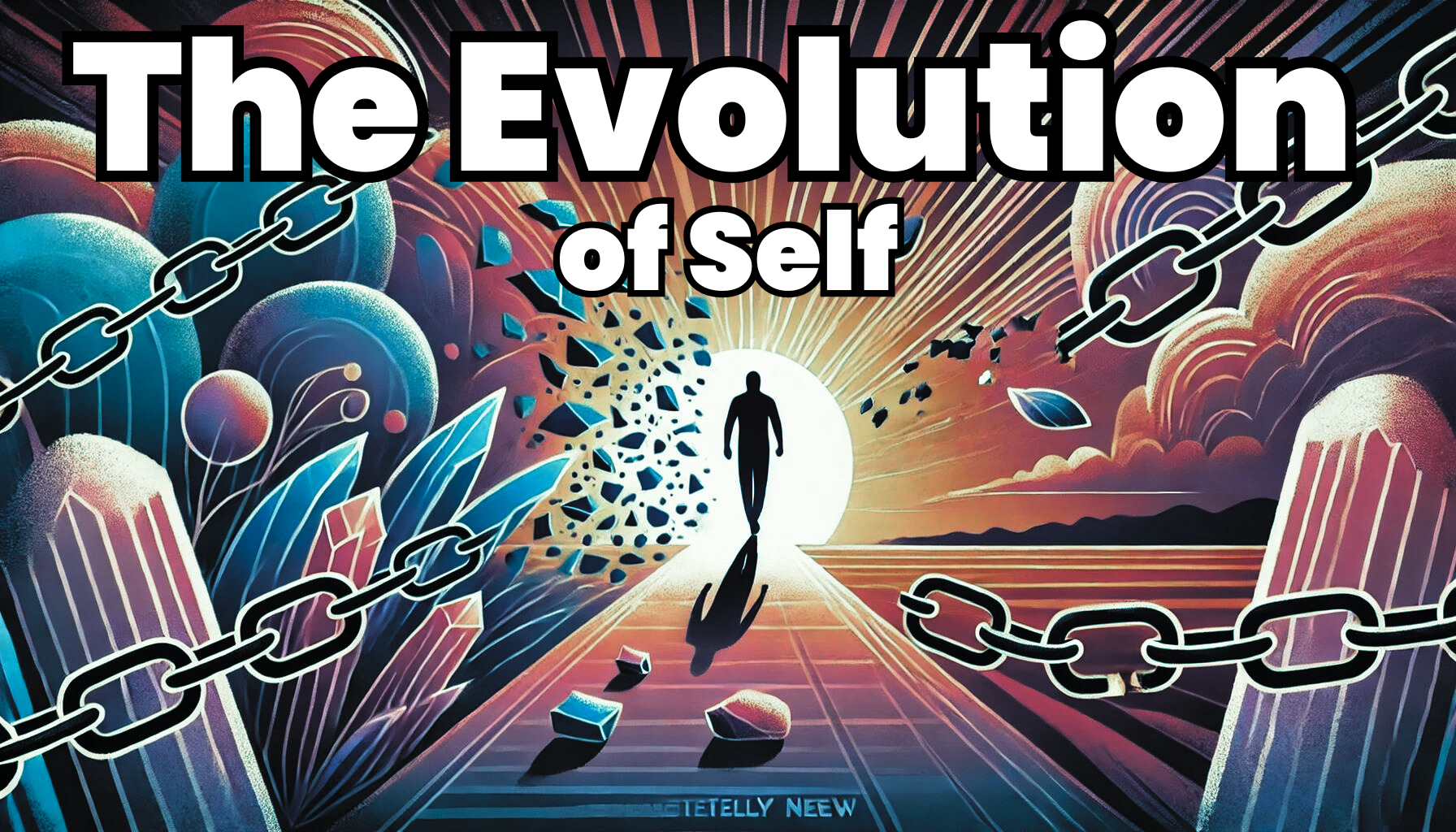
This isn’t just about improving your diet; it’s about improving your life.
Final Thoughts:
You’re Not Alone I’m here for you.
This journey will challenge you, but the rewards are bigger than you can imagine. If you ever feel stuck or need guidance, I’m available to chat on x.com. Feel free to comment or message me directly, and let’s connect over this journey toward better health.
Good luck, my dear readers. I’m wishing you well—both in your body and in your heart.
Veritya
Find me on X @i_am_veritya
